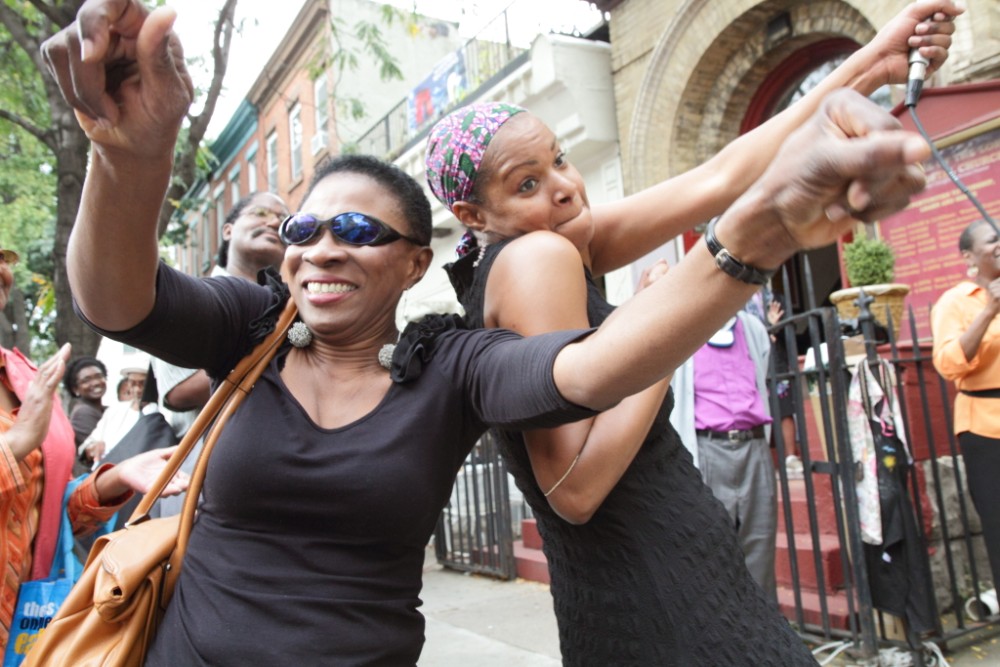Black women’s faith, black women’s flourishing
Womanist theology proclaims a future beyond the strongholds of racism, sexism, and injustice.

In 1985, while presenting her essay “The Emergence of Black Feminist Consciousness” to a room filled almost entirely with white theologians at the annual meeting of the American Academy of Religion, Katie Geneva Cannon fainted. It’s little wonder she was nervous. Hers was the first paper ever presented on womanist theology at the AAR, and it was a daring and dangerous proposition at the time. In the theological academy until the 1980s, as black feminist Akasha Gloria Hull notes, “all the women were white and all the blacks were men.”
Cannon, however, was brave. Together with four other black women inquirers, she advanced the fundaments of a new form of discourse and emerged as a matriarch of theological womanism—a theology that affirms the significance of black women’s God-talk, survival, and flourishing for determining the substance of faithful Christian discourse and praxis.
Long before Cannon brought womanist God-talk into the realm of academic discussion, however, it was flourishing in the faithful lives of black Christian women. Womanism was born around black women’s kitchen tables, on front porches, in beauty shops, in women’s clubs, in the varieties of black women’s prayer closets, and in various “women’s spaces” within the black church. In these spaces, as black women came to know the love, mercy, and justice of God for themselves, they forged a theology that boldly affirms that black women’s lives are significant and valuable not only to God but also to the church and the world. In the social, political, and religious realms that so often erased black women’s experiences, black women of faith had the courage to believe and assert, “I am”: I am here, I am fully human, and I am “fearfully and wonderfully” made in the image of God.




